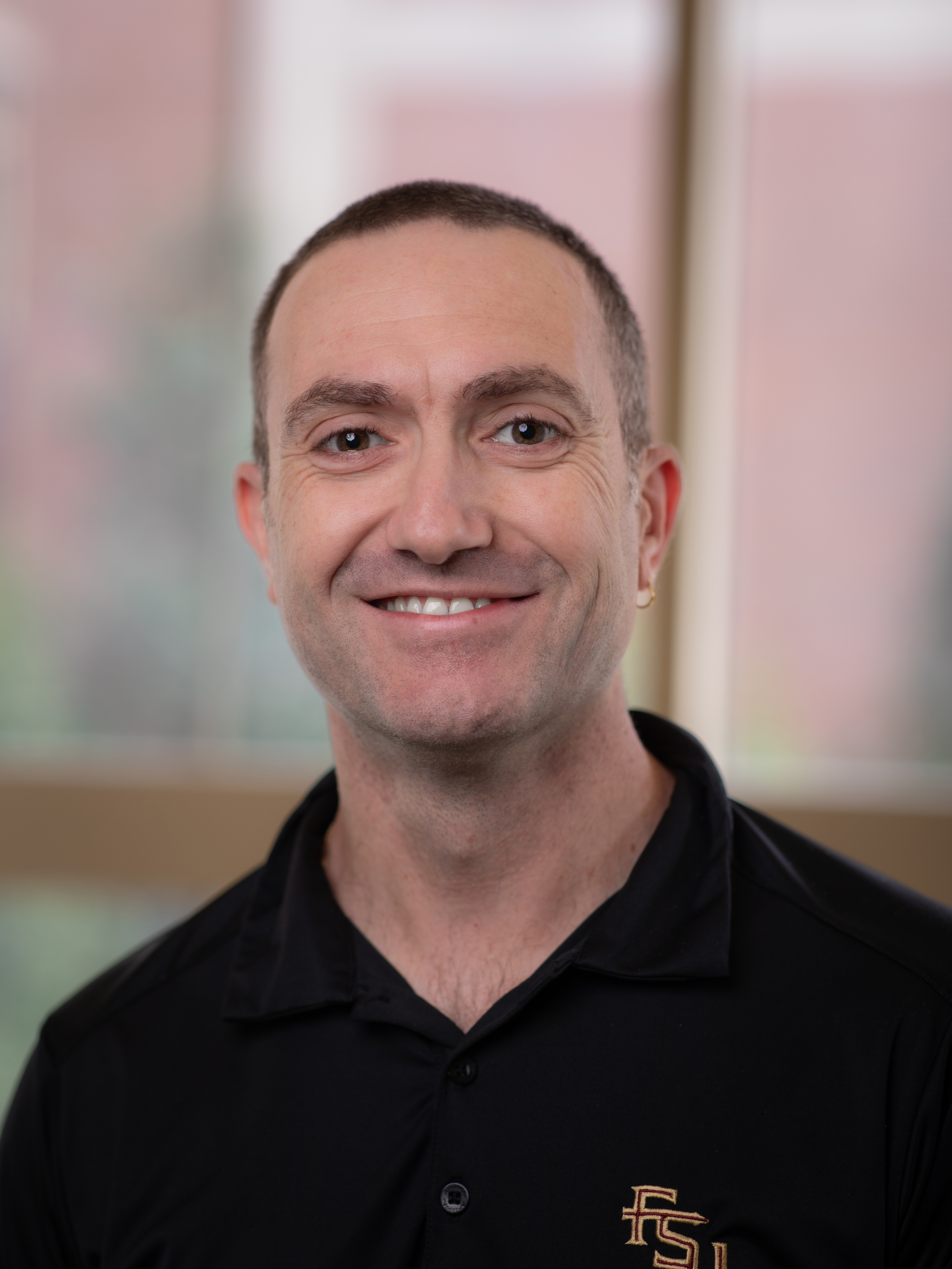Biological Science Faculty Member
Dr. Roberto Vincis
- Office: 211 Biomedical Research Facility
- Office: (850) 644-7328
- Area: Neuroscience
- Lab: Biomedical Research Facility
- Lab: (850) 644-7386
- Mail code: 4370
- E-mail: rvincis@fsu.edu

Assistant Professor
PhD., University of Geneva (Switzerland), 2013
Graduate Faculty Status
How does it use this information to guide eating decisions?
What specific brain regions and neural connections are involved in this process?
- Understanding how cortical (gustatory cortex; GC) and thalamic (gustatory and limbic thalami) areas encode sensory information when animals actively experience taste stimuli.
- Investigating the neural computations that integrate thermal and chemosensory food-related stimuli, with a particular focus on how temperature influences taste perception.
- Collaborating with Dr. Adam Dewan’s lab to explore the neural coding and processing mechanisms used by olfactory cortical areas.
Selected Publications:
Nash, A. N., M. Shakeshaft, C. G. Bouaichi, K. K. Odegaard, T. Needham, M. Bauer, R. Bertram, and R. Vincis (2025) Cortical coding of gustatory and thermal signals in active licking mice. Journal of Physiology .
Bouaichi, C. G., K. Odegaard, C. Neese, and R. Vincis (2023) Oral thermal processing in the gustatory cortex of awake mice. Chemical Senses .
Neese, C., C. G. Bouaichi, T. Needham, M. Bauer, R. Bertram, and R. Vincis (2022) Active Licking Shapes Cortical Taste Coding. Journal of Neuroscience .
Samuelsen, C. L., and R. Vincis (2021) Cortical Hub for Flavor Sensation in Rodents. Frontiers in System Neuroscience .
Shakeshaft, M., and R. Vincis (2020) Bad food memories? It is just a matter of time. Journal of Physiology 598(23): 5303-5304.
(Pubmed)
Bouaichi, C. G., and R. Vincis (2020) Cortical processing of chemosensory and hedonic features of taste in active licking mice. Journal of Neurophysiology .
(Pubmed)
Vincis, R., K. Chen, L. Czarnecki, J. Chen, and A. Fontanini (2020) Dynamic representation of taste-related decisions in the gustatory insular cortex of mice. Current Biology .
Chen, K., R. Vincis, and A. Fontanini (2019) Disruption of Cortical Dopaminergic Modulation Impairs Preparatory Activity and Delays Licking Initiation. Cerebral Cortex .
(Pubmed)
Vincis, R., and A. Fontanini (2016) A gustocentric perspective to understanding primary sensory cortices. Current Opinion in Neurobiology .
(Pubmed)
Vincis, R., and A. Fontanini (2016) Associative learning changes cross-modal representations in the gustatory cortex. eLife .
(Pubmed)
Vincis *, R., S. Lagier *, D. Van der Ville, I. Rodriguez, and A. Carleton (2015) Sensory-evoked intrinsic imaging signals in the olfactory bulb are independent of neurovascular coupling. Cell Report .
(Pubmed)
Abraham*, N., R. Vincis*, S. Lagier, I. Rodriguez, and A. Carleton (2014) Long term functional plasticity of sensory inputs mediated by olfactory learning. eLife .
(Pubmed)
Vincis, R., O. Gschwend , K. Bhaukaurally , J. Beroud , and A. Carleton (2012) Dense representation of natural odorants in the mouse olfactory bulb. Nature Neuroscience .
(Pubmed)
Vincis, R., and A. Fontanini (2019) Central taste anatomy and physiology. In Handbook of Clinical Neurology
(Pubmed)

